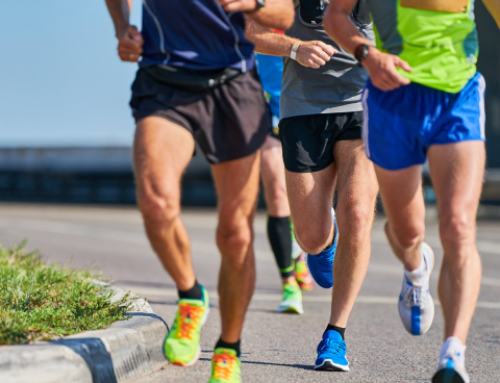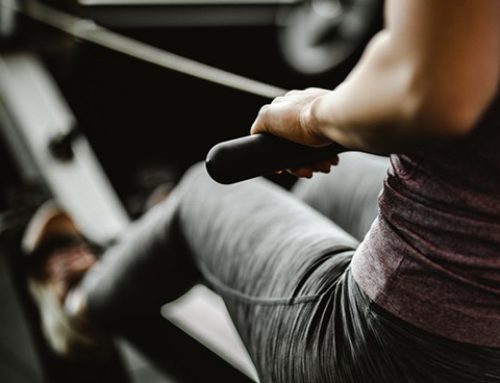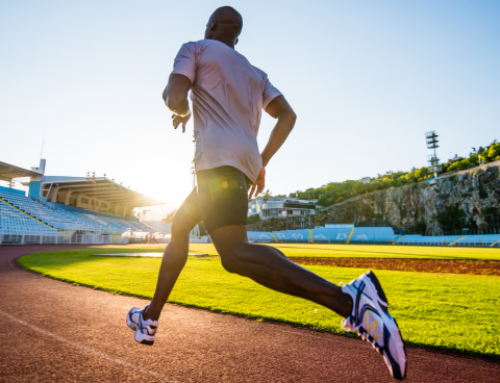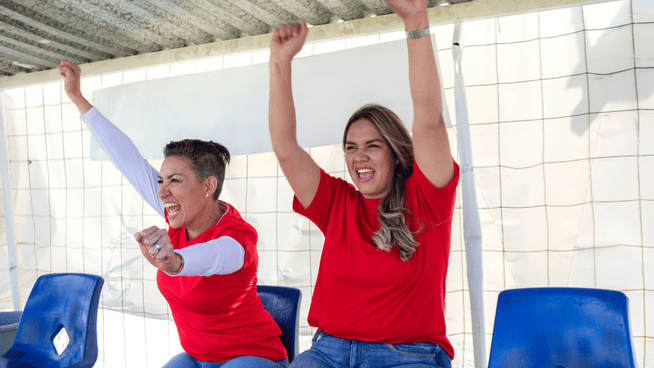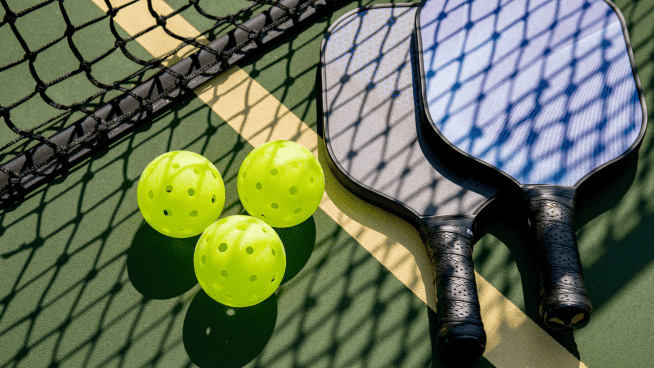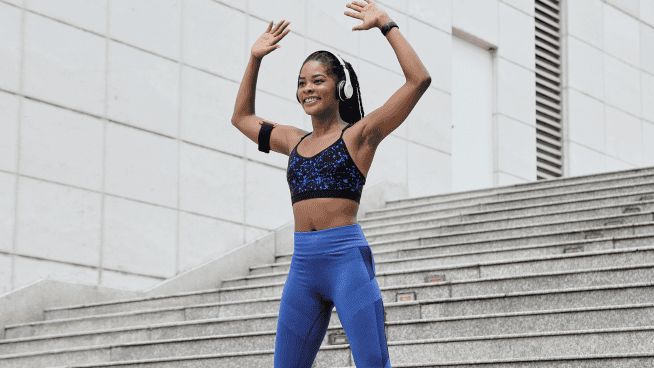8-Week Basketball Off-Season On-Track Conditioning Program
There are many ways to prepare for the upcoming basketball season. But you surely want to maximize your conditioning to stay strong until the final buzzer; and this requires training the body’s energy systems in direct correlation to the demands of the game. (See Don’t Waste Your Off-Season: Basketball Training Drills and Videos.)
Each of the body’s three energy systems plays a role in converting food into usable energy for activity. Two of those systems contribute about 85% to basketball-related activity.
Phosphagen
ATP-CP provides quick bursts of immediate energy, requiring 30 to 90 seconds of rest for full recovery. It’s used for basketball plays lasting between 10 and 30 seconds, like a hard drive to the basket or a pull-up jumper.
Glycolytic
Used for moderate-intensity activities and requires 60 to 240 seconds for full recovery. Plays lasting between 30 and 60 seconds require the glycolytic system for energy. Examples include running a fast break and playing full-court defense for several possessions.
Oxidative
The oxidative energy system is designed for low intensity activity after the body has done over 120 seconds of continuous physical activity. It may be the least-used system, but it’s important for basketball success, because it replenishes energy stores and improves recovery time so you stay strong longer during a game.
However, because the oxidative (or aerobic) system is designed for low intensity activity, it only contributes to about 15% of basketball conditioning.
8-Week On-Track Conditioning Program
Now that you have a better understanding of how the body energy systems work, it should be apparent that the best conditioning for basketball is short, intense bursts of speed, as opposed to distance running.
This program consists of four weeks of striders and four weeks of sprints.
Striders
These are moderate intensity runs where you run slower than a sprint but faster than a jog.
Sprints
These are all-out-effort runs.
The distance for each run is in meters. But for maximum results, the most important factor is work-to-rest ratio. For example, if I use a 1:3 work-to-rest ratio for a 600m run that takes me 100 seconds to finish, I would rest f0r 300 seconds before the next one.
The amount of time it takes for an athlete to complete a strider or sprint is directly related to the amount of rest the athlete took. Significantly more rest is needed for longer runs to allow proper recovery. This allows athletes to perform at their maximum effort for each repetition. See the chart for the proper work-to-rest ratio for each workout.
Check out Coach Williams’ other basketball articles:
- Dominate the Competition: Basketball Strength Training Program
- Dominate the Competition Part 2: Upper Body Basketball Plyometrics
- Dominate the Competition Part 3: How to Jump Higher for Basketball
- Dominate the Competition Part 4: In-Season Basketball Strength Training
- The Ultimate Basketball Warm Up
RECOMMENDED FOR YOU
8-Week Basketball Off-Season On-Track Conditioning Program
There are many ways to prepare for the upcoming basketball season. But you surely want to maximize your conditioning to stay strong until the final buzzer; and this requires training the body’s energy systems in direct correlation to the demands of the game. (See Don’t Waste Your Off-Season: Basketball Training Drills and Videos.)
Each of the body’s three energy systems plays a role in converting food into usable energy for activity. Two of those systems contribute about 85% to basketball-related activity.
Phosphagen
ATP-CP provides quick bursts of immediate energy, requiring 30 to 90 seconds of rest for full recovery. It’s used for basketball plays lasting between 10 and 30 seconds, like a hard drive to the basket or a pull-up jumper.
Glycolytic
Used for moderate-intensity activities and requires 60 to 240 seconds for full recovery. Plays lasting between 30 and 60 seconds require the glycolytic system for energy. Examples include running a fast break and playing full-court defense for several possessions.
Oxidative
The oxidative energy system is designed for low intensity activity after the body has done over 120 seconds of continuous physical activity. It may be the least-used system, but it’s important for basketball success, because it replenishes energy stores and improves recovery time so you stay strong longer during a game.
However, because the oxidative (or aerobic) system is designed for low intensity activity, it only contributes to about 15% of basketball conditioning.
8-Week On-Track Conditioning Program
Now that you have a better understanding of how the body energy systems work, it should be apparent that the best conditioning for basketball is short, intense bursts of speed, as opposed to distance running.
This program consists of four weeks of striders and four weeks of sprints.
Striders
These are moderate intensity runs where you run slower than a sprint but faster than a jog.
Sprints
These are all-out-effort runs.
The distance for each run is in meters. But for maximum results, the most important factor is work-to-rest ratio. For example, if I use a 1:3 work-to-rest ratio for a 600m run that takes me 100 seconds to finish, I would rest f0r 300 seconds before the next one.
The amount of time it takes for an athlete to complete a strider or sprint is directly related to the amount of rest the athlete took. Significantly more rest is needed for longer runs to allow proper recovery. This allows athletes to perform at their maximum effort for each repetition. See the chart for the proper work-to-rest ratio for each workout.
Check out Coach Williams’ other basketball articles:
- Dominate the Competition: Basketball Strength Training Program
- Dominate the Competition Part 2: Upper Body Basketball Plyometrics
- Dominate the Competition Part 3: How to Jump Higher for Basketball
- Dominate the Competition Part 4: In-Season Basketball Strength Training
- The Ultimate Basketball Warm Up




